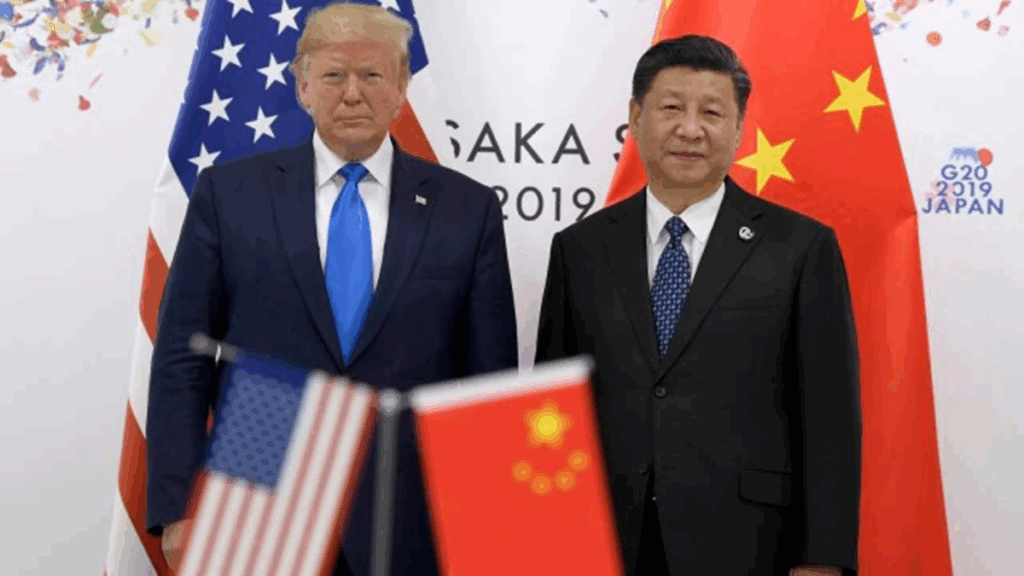In a landmark agreement, the US and China have committed to slashing reciprocal tariffs, pausing trade war tensions for 90 days. This deal, finalized in Geneva, aims to stabilize global markets and foster economic cooperation.
By New Delhi Post Team
New Delhi: The United States and China have finalized a deal to reduce reciprocal tariffs, signaling a significant step toward de-escalating a trade war that has rattled global economies. This agreement, announced after high-level talks in Geneva, reflects both nations’ intent to ease market uncertainties and promote trade stability.
Historic Tariff Reduction Agreement
The deal, brokered after intense negotiations, will see reciprocal tariffs reduced by 115% for a 90-day period, according to US Treasury Secretary Scott Bessent. Speaking to reporters, Bessent emphasized the US’s push for greater access to Chinese marketsacks to Chinese markets, stating, “We aim to create a level playing field for American goods.” The temporary halt in tariffs is expected to lower costs for consumers and businesses, while providing a window for further negotiations. Global markets responded positively, with stocks rising in Asia and Europe.
Implications for Global Trade
This agreement marks a rare moment of cooperation between Washington and Beijing, whose trade disputes have disrupted supply chains and increased prices worldwide. Analysts suggest the tariff cuts could reduce inflationary pressures and boost economic growth, particularly in industries reliant on imported goods. However, some experts caution that the 90-day timeline may limit long-term impacts unless extended. The deal also sets the stage for future talks on intellectual property and technology transfers.
Challenges and Opportunities Ahead
While the tariff reduction is a positive step, challenges remain. US officials have expressed concerns about China’s compliance with past trade agreements, and domestic political pressures could complicate implementation. For China, opening markets further may face resistance from state-controlled industries. Both sides will need to navigate these hurdles to sustain momentum. The agreement has sparked cautious optimism among businesses, with hopes of a more predictable trade environment.
This bold tariff cut heralds a new chapter in US-China relations, offering hope for global economic stability. As both nations navigate this truce, the world watches closely for signs of lasting cooperation.


